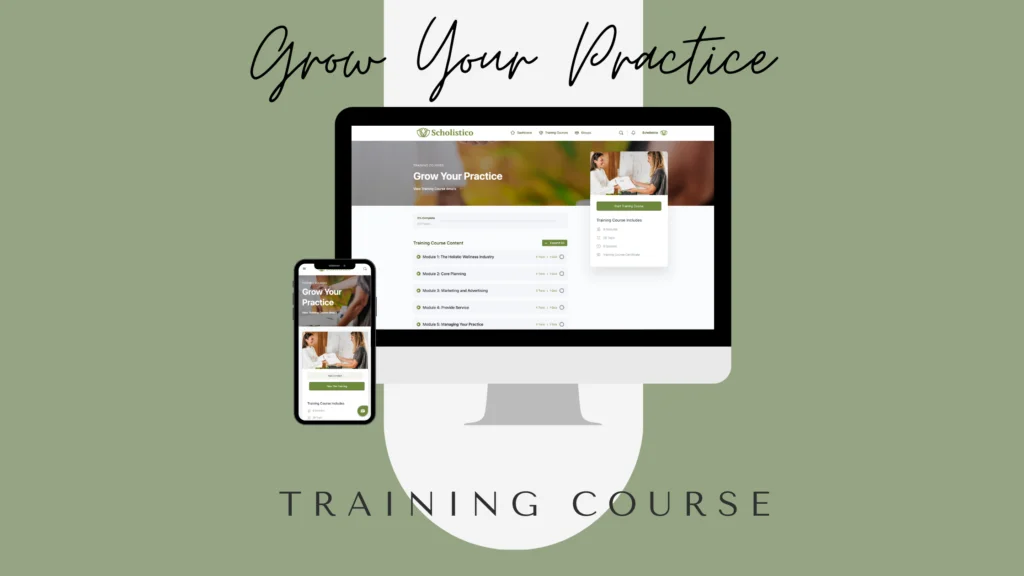The Psychology of Pricing: How to Increase Revenue in Your Private Practice

As a private practice owner, you’re likely always looking for ways to increase revenue. One often-overlooked strategy is adjusting your pricing strategy. By understanding the psychology of pricing, you can make small changes that can have a big impact on your bottom line.
Pricing is one of the most important factors in determining the success of a private practice. The right pricing strategy can lead to increased revenue and profitability, while the wrong pricing strategy can lead to a decline in business. In this article, we’ll explore the connection between pricing and revenue in private practices, and discuss common pricing mistakes to avoid.
Common Pricing Mistakes to Avoid
One of the most common pricing mistakes that private practices make is undervaluing their services. This can lead to decreased revenue and profitability, as well as a lack of respect from clients. Other common pricing mistakes include not considering costs, not researching the competition, and not adjusting prices based on market conditions.
It’s also important to avoid pricing too high. This can lead to fewer clients and a loss of potential revenue. It’s best to base your prices on market conditions, costs, and competitive research so that the price is reasonable for both you and your clients.
Setting the Right Price for Private Practice Services
The key to setting the right price for private practice services is to consider all factors. This includes costs, market conditions, competition, and the value of your service.
Costs should include both fixed and variable expenses such as rent, equipment and supplies, staffing costs, taxes, marketing expenses, etc. It’s important to remember that when setting prices, you need to cover all costs as well as make a profit.
Market conditions also play a role in pricing and should be taken into account when determining the price of your services. Consider things like current demand, who is already offering similar services, what prices people are willing to pay for the service, etc.
Competition is an important factor that needs to be taken into account. Take a look at what other private practice providers are charging and consider how you can differentiate your service in order to provide more value and charge more for it.
Finally, take a look at the value of your service. What makes it valuable? How much time, expertise, and energy do you put into providing it? Your services have value, so make sure you’re getting compensated for it!
It’s important to remember that pricing your services isn’t a one-time decision; it should be regularly reviewed and updated as needed. Keep an eye on the market conditions, review your competitors’ prices, and ensure that your services are priced appropriately.
By doing this, you can ensure that you’re providing the best value for your clients as well as maximizing your own income.
The Psychology Behind Pricing and How to Use it to Your Advantage
The psychology of pricing plays a major role in determining the success of a private practice. For example, clients are more likely to perceive a service as being of higher value if the price is higher. Additionally, using pricing anchoring, where a higher priced option is presented alongside a lower priced option, can make the lower priced option seem more appealing. By understanding the psychology of pricing, private practices can use these techniques to their advantage and increase revenue.
1. Anchoring
Anchoring is the phenomenon where a customer’s perception of value is influenced by the first price they see. For example, if a customer sees a $100 product next to a $50 product, the $50 product will seem like a better deal, even if it’s not. To use anchoring in your pricing strategy, consider offering a higher-priced option, even if you don’t expect many people to choose it. This will make your other prices seem more reasonable by comparison.
2. Price Anchoring
Price anchoring is a variation of traditional anchoring. Instead of using a higher-priced option to anchor customers’ perceptions, you use a lower-priced option. This can be a great way to increase revenue because it makes your customers feel like they’re getting a good deal, even if they’re paying more than they would have otherwise. To use price anchoring in your pricing strategy, consider offering a lower-priced option, even if you don’t expect many people to choose it. This will make your other prices seem more reasonable by comparison.
3. The Decoy Effect
The decoy effect is a phenomenon where a customer’s choice is influenced by the presence of a third, less attractive option. For example, if you’re selling three different service packages, and one is significantly less attractive than the other two, customers will be more likely to choose one of the more attractive options. To use the decoy effect in your pricing strategy, consider offering a less attractive option alongside your more attractive options. This will make your more attractive options seem even more appealing by comparison.
4. The Power of Free
The power of free is a concept that states that people place a higher value on something that is free. This is because our brains are wired to perceive anything that is free as having more value than something that is not. To use the power of free in your pricing strategy, consider offering a free consultation or a free trial of your services. This will make your customers more likely to choose your services, even if they’re more expensive than the competition.
5. The Scarcity Principle
The scarcity principle states that people place a higher value on things that are scarce. To use the scarcity principle in your pricing strategy, consider limiting the availability of your services or offering them for a limited time only. This will make your customers more likely to choose your services, even if they’re more expensive than the competition.
Conclusion
Implementing these strategies can help increase revenue in your private practice. By understanding the psychology of pricing and how it affects your clients, you can better position your services and increase perceived value. Additionally, by leveraging referral marketing, networking, and marketing automation, you can reach more potential clients and grow your practice. Remember to continually test and optimize your pricing and marketing strategies to find what works best for your business.
Learn how to grow your practice with our training course. Whether you’re a new or an experienced private practice owner, we have the tools and resources to help you succeed. Get in touch today to find out how Scholistico can take your business to the next level.
We look forward to hearing from you!










Responses